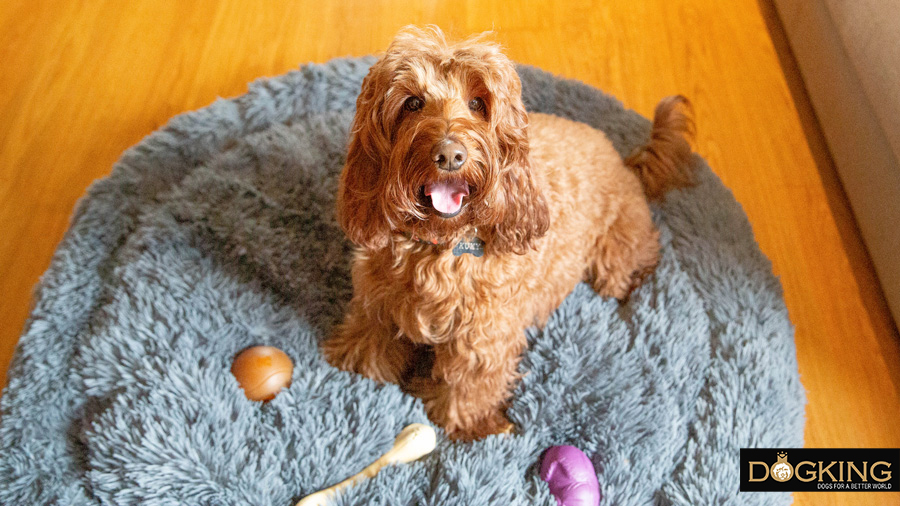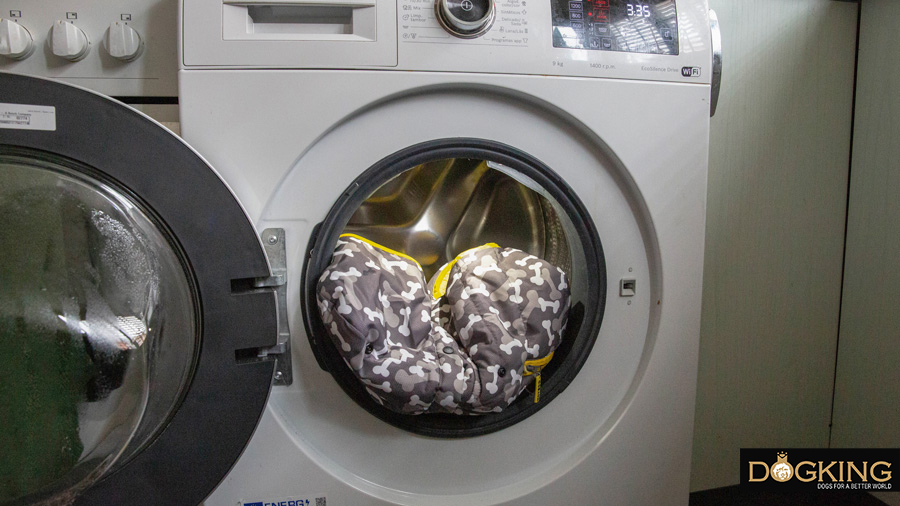How to wash and keep your dog's things clean
Knowing your dog's hygienic needs and how to meet them
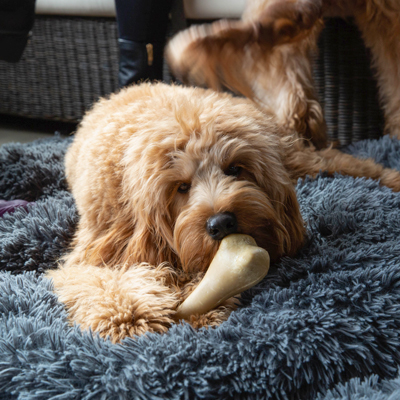
HYGIENE GUIDE FOR CANINE OBJECTS
Reading time about 10 minutes
Just as we keep our own things hygienic even though our home is clean, we should also keep our canine's things clean. This won’t only make your dog feel more cared for and it will preserve the quality of the products for longer. Besides, it will also protect you and your loved ones from possible bacteria and illnesses. But to avoid harmful washing, we need to know what, how and when to wash each utensil.
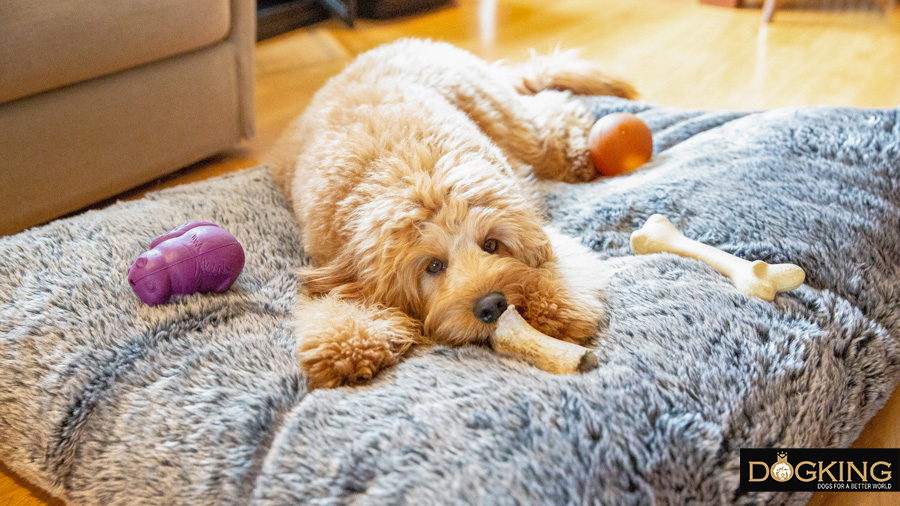
Table of contents
1- The best way to clean your dog's objects
2- Your dog's hygienic needs: what factors influence them?
The best way to clean your dog's objects
Toys
Toys spend most of their time in your dog's mouth, so the way you wash them is similar to the way you would wash a child's toys. For this reason, we propose different ways to clean them according to each type of toy:
- Cloth, stuffed or rope toys
These toys are easily washable either by putting them in the washing machine or cleaning them by hand using a neutral soap, always avoiding fabric softener or products with strong scents since dogs tend to reject objects with strong smells. In addition, it is important not to use bleach or ammonia, nor put them in the tumble dryer to prevent them from shrinking when drying.
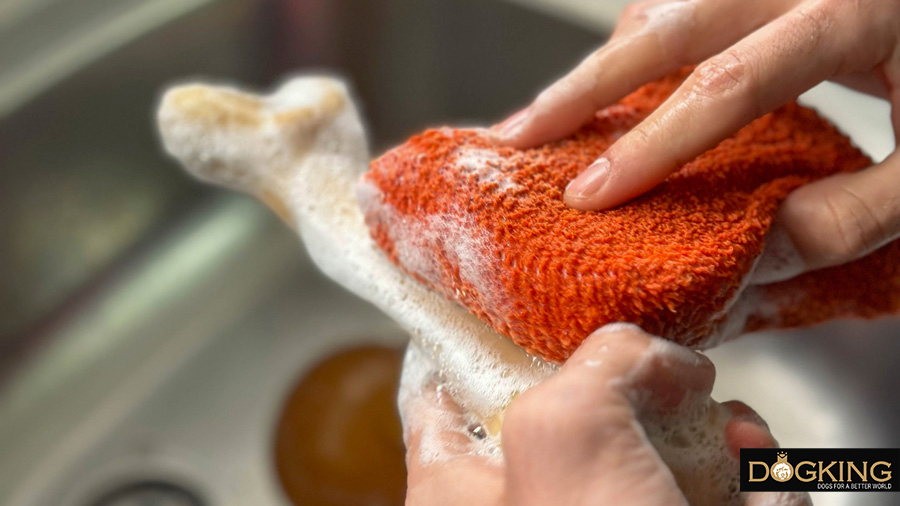
- Rubber toys or rubber balls
For these types of toys, special attention should be paid to the manufacturer's washing instructions, since if they are made of soft plastic, there is a risk that they may become deformed when they are going to be washed. If the materials are strong enough, we could put them in the dishwasher. Otherwise, it is always advisable to wash them with a sponge or cloth using ordinary soap. It is important not to use aggressive utensils such as scouring pads to avoid causing cracks where bacteria may accumulate.
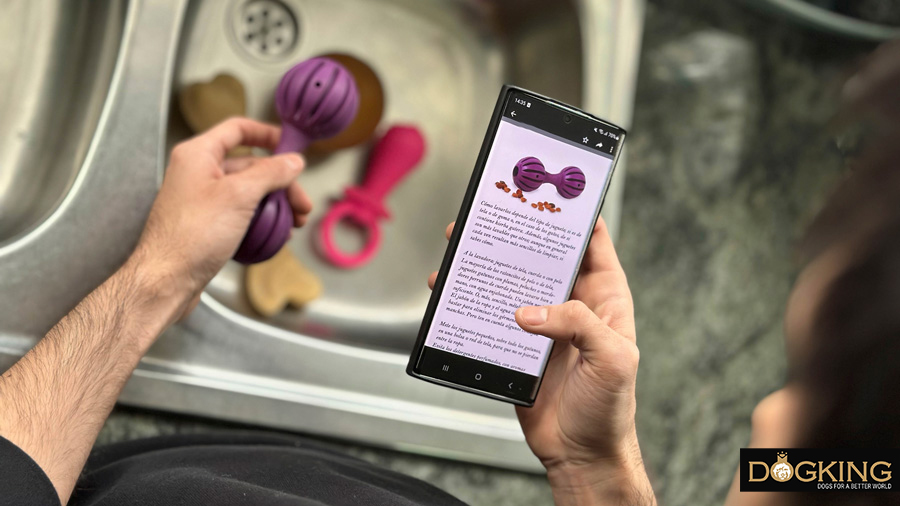
Food and drink bowls
Our dog's bowls can accumulate a large amount of bacteria which, taking into account that this is where we deposit both our dog's food and drink, should be eliminated. That is why it will be necessary to clean them every day, scrubbing them with soap or vinegar and using a scouring pad that we will use specifically only for this task.
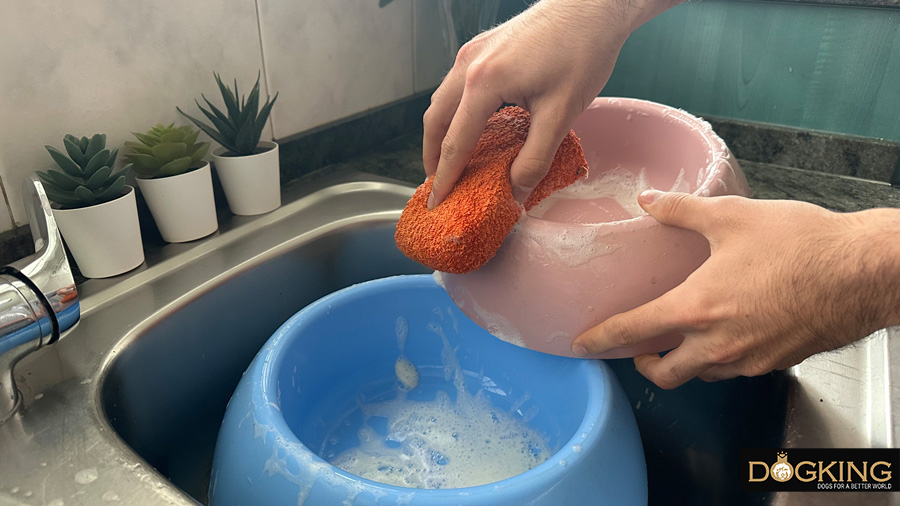
Accessories: leash, harness and collar
Given their daily use, the leash, harness and collar should be kept hygienically clean requiring cleaning two to three times a week. Although the material is usually quite resistant, cleaning methods may vary according to the type of material:
Leather collar: If the manufacturer's washing instructions allow it, you may clean it in a bowl of hot water and a teaspoon of baking soda or peppermint soap, scrubbing the leather with a toothbrush once dipped in the mixture. Both chemicals are effective in removing dirt, but it is true that the peppermint soap allows you to mitigate unwanted odours at the same time. To dry it, it will be important to keep this type of necklace away from any heat source, including direct sunlight. For even better results, you may also use a specific leather conditioner after washing.
Polyester or nylon leash, collar and harness: As these are tougher materials than leather, cleaning options often go beyond hand washing. For the manual technique, you may submerge any of the three accessories in a basin of water, white vinegar and baking soda in equal parts for 15 or 30 minutes. Afterwards, just rinse them and hang them up or leave them on a towel to dry. We may also replace the mixture of ingredients with water and neutral or peppermint soap, rubbing the objects well with a toothbrush. As an alternative to the manual washing method, you may put them in the washing machine, provided you use a hot water program, or in the top rack of the dishwasher.
Dog bed
There is no point in bathing our dog if we don't do the same with its bed. Cleaning its resting place will prevent bacteria from accumulating and help keep the rest of your home as clean as possible.
For this purpose, the average number of cleanings should be once a week, as long as it doesn’t get dirty on another occasion. If the bed has become dirty for any reason, usually because of your dog's muddy paws after a walk, it should be cleaned regardless of the weekly wash. This will also depend on the owner’s hygienic habits such as cleaning the dog's paws before coming into the house or brushing the dog frequently so that the hairs remain on the brush instead of in other parts of the house, in the event that your dog is a breed that sheds.
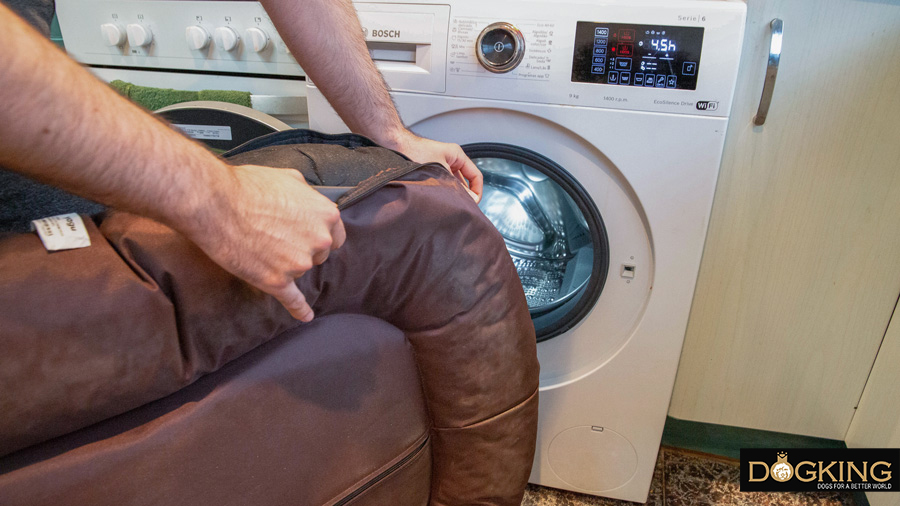
Clean your dog's bed step by step
- Check the washing instructions:
The first thing to do is to look at the washing instructions on the label of the bed, which are usually easy to wash. There are beds that can be put whole in the washing machine, others whose parts must be separated, and others that only allow you to put the bed cover. Most often, the bed allows the foam it contains to be separated from the cover that protects it by means of a zip or Velcro, and must always be washed separately. If it is a wicker bed with a mattress, the washing process won't vary.
- Remove surface dirt:
The washing machine will be the best way to eliminate possible parasites, but we must remove the hairs that may be on the bed cover very well to avoid damaging the machine or getting the hairs stuck inside it during the process. As an alternative to the hoover, we may also use a lint roller remover and don’t forget to shake the bed cover very well.
- Remove the toughest stains from the bed cover:
Immediately afterwards, we will make sure to remove all the stains that may be on the bed cover, always using specific products for each type of fabric.
- Use a gentle program in the washing machine:
Once the stains have been treated, put the bed cover in the washing machine. It is always better to choose a hot water programme if the material allows it, and to use a mild and odourless detergent.
- Wash the foam:
While the bed cover is being washed in the washing machine, you can wash the foam or the mattress by hand. Specifically, you should take a basin more or less the size of the bed, fill it with hot water and mix it with a little mild detergent. Soak the foam for a while to ensure it is disinfected, then rub it well with your hands, and finally rinse it with warm water and leave it to air dry in a moisture-free space. If you may use the tumble dryer, you should be aware that the foam may shrink or be damaged. In case you want to put the foam in the washing machine and the product label allows you to do so, you should also use warm water and a mild detergent.
- Prepare its bed once it is clean:
Once you have washed both the cover and the foam of its bed, you only need to put them together. If you also have to wash bed linen such as its blankets, you should follow exactly the same steps as for the bed cover, always remembering to adapt the type of fabric to the type of washing.
Dog clothes
Your dog's clothes, even if a similar procedure is followed, can’t be washed together with the rest of the family's clothes or even with other things belonging to its dog such as its bed or toys. Its clothes should always be washed separately and a neutral, mild soap should be used, or one that is specifically for veterinary use. In this way, we will avoid any possible allergic reaction or too strong smells that your dog might not like.
We can sanitize it either by putting the clothes in the washing machine or hand wash, always remembering to remove the hairs very well beforehand. If there are difficult stains, it is also a good idea to soak the clothes in hot water for a while.
Tips to wash your dog's clothes:
- You can add half a cup of vinegar in the last rinse. This will prevent hairs from getting caught in the fibres of the clothes and will be less expensive to remove them in the next prewash.
- Wash your dog's clothes every four days or so, assuming it has a lifestyle where it doesn't tend to get very dirty. Even so, before putting clothes on, make sure your dog is clean.
Your dog's hygienic needs: what factors influence them?
Although it is true that knowing how to clean our dog's possessions is essential, it would be best to save ourselves the trouble of doing it more often than usual. To do this, it is necessary to know our dog very well, both in terms of its lifestyle, its breed, its physical characteristics, its temperament, and its age. Puppies, for example, have a greater tendency to wander around in environments where in many cases it implies getting dirty and chewing things as they are teething. In addition, they also have a developing immune system, which carries a greater risk of exposure to bacteria of all kinds.
The breed will be key in determining these factors, as to some extent it has an innate influence on its temperament and anatomy. If your dog is an Australian Cobberdog, for example, it will be easier from puppyhood to learn lessons from you about not getting so dirty, such as playing in muddy puddles when you go for walks in the mountains, as well as not needing to hoover its bedding and clothes all the time as it doesn't shed hair. In fact, these are just some of the many reasons why this breed is considered ideal for both country and city life.
On the other hand, dogs whose breed tends to shed or whose temperament isn’t so docile or easy to train, as well as requiring greater care of their own hygiene, will also need to take care of their toys, accessories, bowls, or clothes. In short, learning how to keep your dog's things clean isn’t only something you need to do, but your pet will also need to learn how to do it.